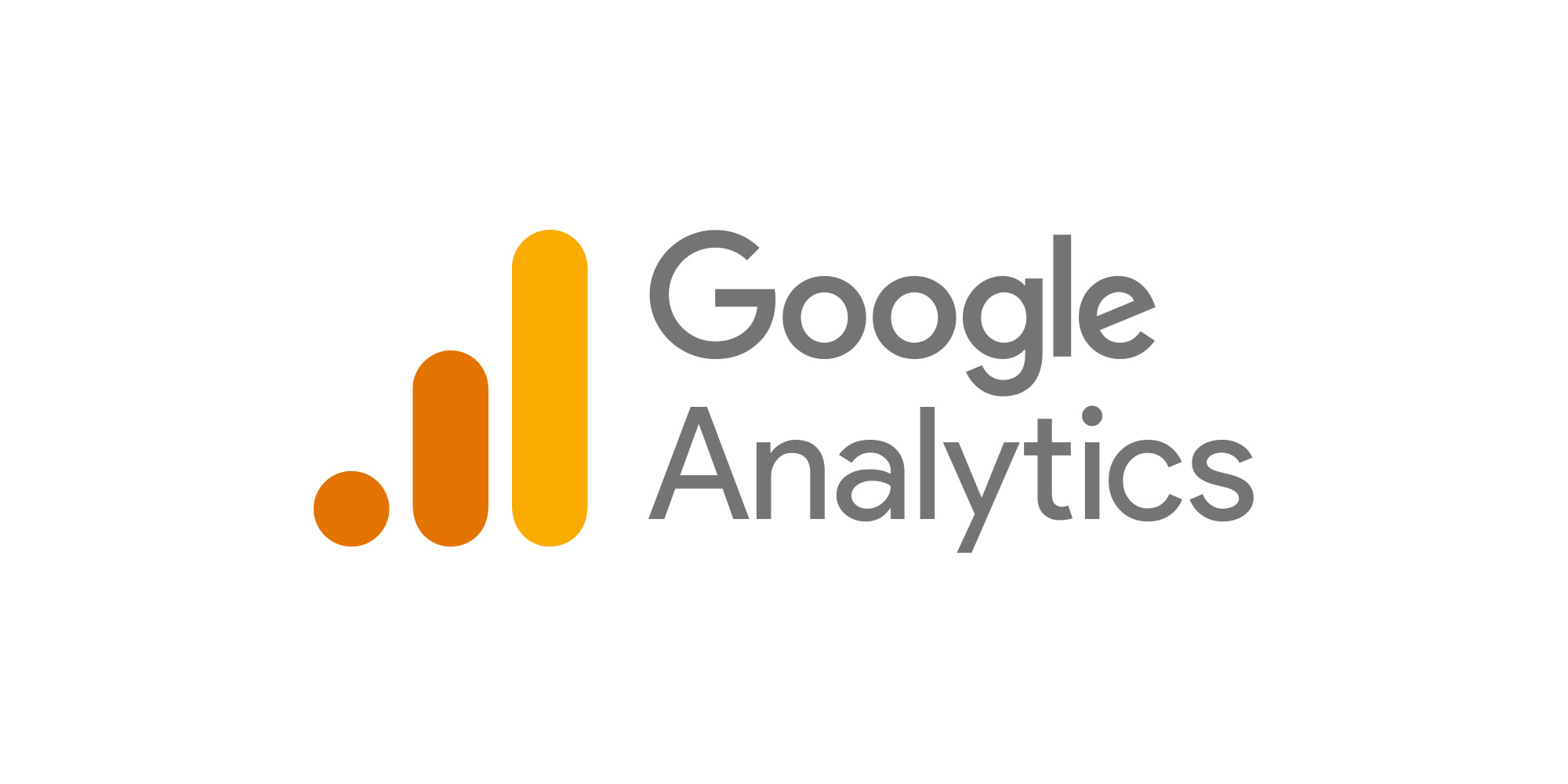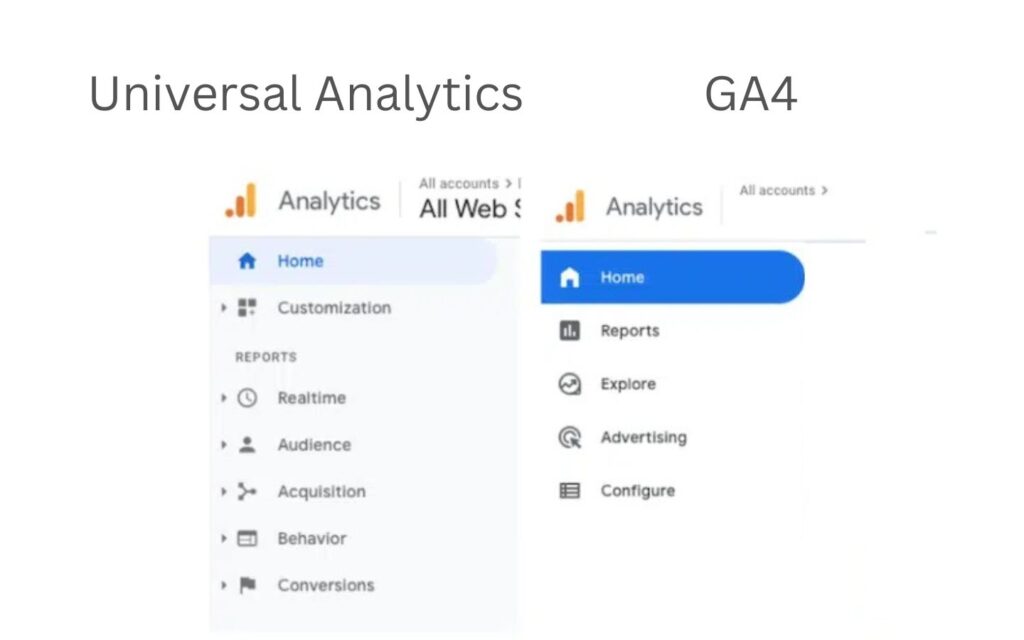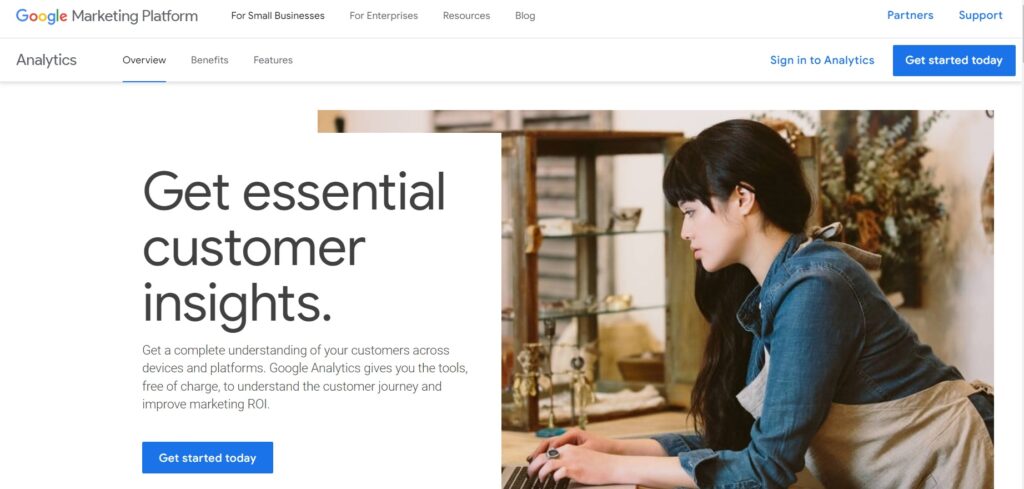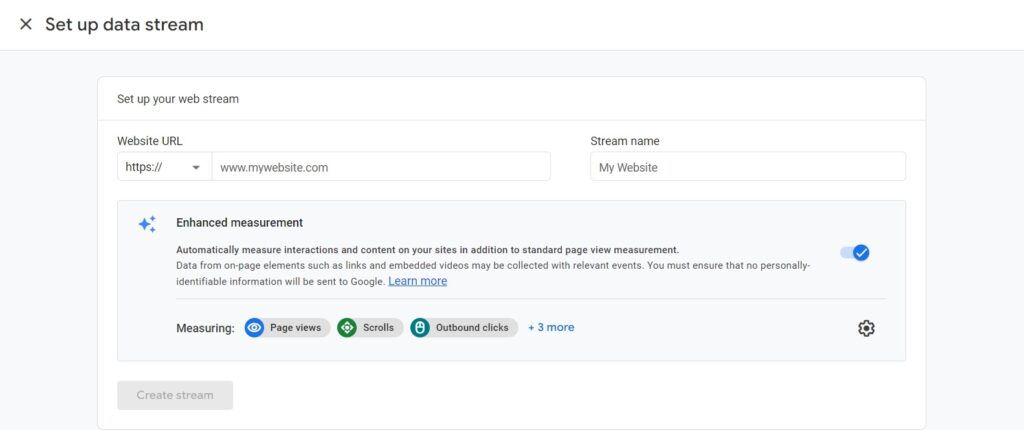Google Analytics can intimidate and confuse a lot of people. And I do agree with you – it’s complicated. The latest release (GA4) it’s about to get more complex.
What is Google Analytics?

It is a free analytics tool that provides a detailed analysis of the performance of your website or app. It incorporates Google’s marketing and advertising platforms and products (such as Google Ads, Data Studio, and Search Console).
Google Analytics has a free and paid version. The free version will suffice if you are a small to medium-sized business. Analytics 360, the paid version, starts at $150,000 per year.
Universal Analytics vs GA4

Universal Analytics hit types include event hits, page hits, social interaction hits, and eCommerce hits.
GA4 data, on the other hand, is event-based, with the principle that any interaction can be captured as an event. As a result, Universal Analytics property hit types correspond to Google Analytics 4 property events.
GA4 has a slightly different user interface and upgraded reports, tools, and features.
Until When Can You Use UA?
Google will turn off Universal Analytics (which 90 to 95% of businesses use for web analytics) in July 2023, and your Universal Analytics account will no longer collect data. Taking small steps now will give marketing teams enough time to ease into Google Analytics 4, making the transition as smooth as possible.
Benefits of Google Analytics 4
- It uses artificial intelligence to automatically surface helpful customer insights, such as understanding your customers across devices and platforms.
- It assists you in anticipating future actions that your customers may take.
- Notifies you of significant trends in your data, such as rising demand for products.
- It uses multiple identity spaces, such as marketer-supplied User IDs and unique Google signals from users who have opted into ad personalization.
- App and web interactions, such as YouTube views, Google ads, and organic channels, are tracked together.
- Reporting is simplified and reorganized to provide insight into the part of the customer journey you’re interested in.
- Allows for more granular controls for ad personalization to optimize data.
- Controls how you collect, store, and use Analytics data.
- Adapts to the future, whether with or without cookies or identifiers.
Setting Up Your Google Analytics Account

First, create a Google account before you can begin using Google Analytics. You must have a Google Account with a valid email address and password.
You don’t automatically have access to GA after creating a Google account; instead, you must register for Analytics. You can only access the tool if you have a valid Google account.
Here are the steps for installing Google Analytics on your website.
Create An Account with Google Analytics
You can create a new account or sign in to your current account if you already have one.
Enter the Name, URL, and Industry of the Website You Want to Track
Choose the account where you want to add the Property.
At this point, you should create and name your Property and enter the website’s URL, industry, and reporting time zone.
Add a Data Stream or View to Your Property

Important note: GA4 no longer uses “Views,” but instead “Data Streams” with comparable functionality.
To add a view to your UA account, navigate to the account and Property you want to add a view to — select Create a View from the menu, name your view, choose web or app, and answer a few other questions. You can add up to 25 views.
To add a data stream to your Google Analytics 4 account, navigate to the account and Property to which you want to add a data stream — then select Add Data Stream from the menu. Choose or create a stream, then save it.
Add Your Tracking Code Directly After Your Site’s <head> Tag
When you create a property, you’ll get a unique ID for tracking as well as a global site tag. This is how you will collect data on your Property.
Paste your global site tag right after the opening <head> tag on each site page you intend to measure.
Then you have to select your site type (static, dynamic, web hosting, or Google Tag Manager) so that the data collection can be configured appropriately.
Check If Your Code is Working
Finally, ensure that your code is operational. You can accomplish this by viewing the Real-Time reports section while browsing your site in a different tab or on your phone. The report should include at least one site visitor.


